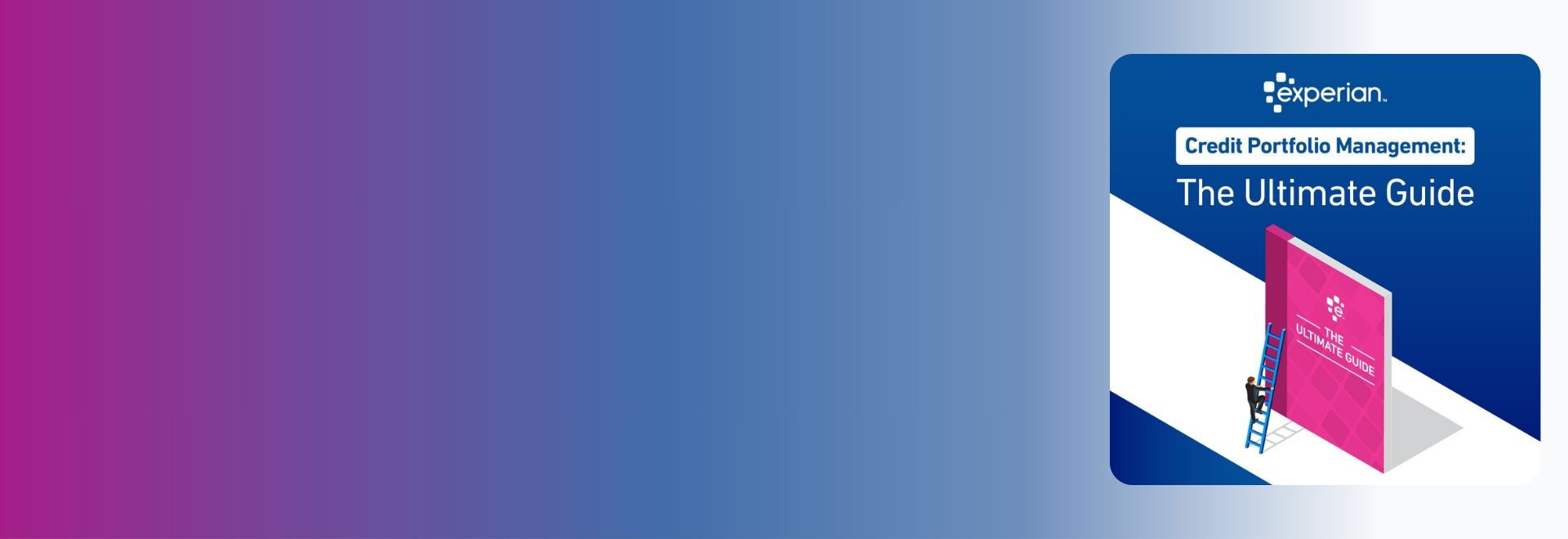
Rising Healthcare Premiums and the Fate of Small Businesses
Read More
October 2025 Small Business Index Declines
Read More
How Giggle Finance is Revolutionizing Funding for Gig Workers and Solopreneurs
Read More
The importance of evaluating business customers for fraud and credit in B2B risk management
Read More



